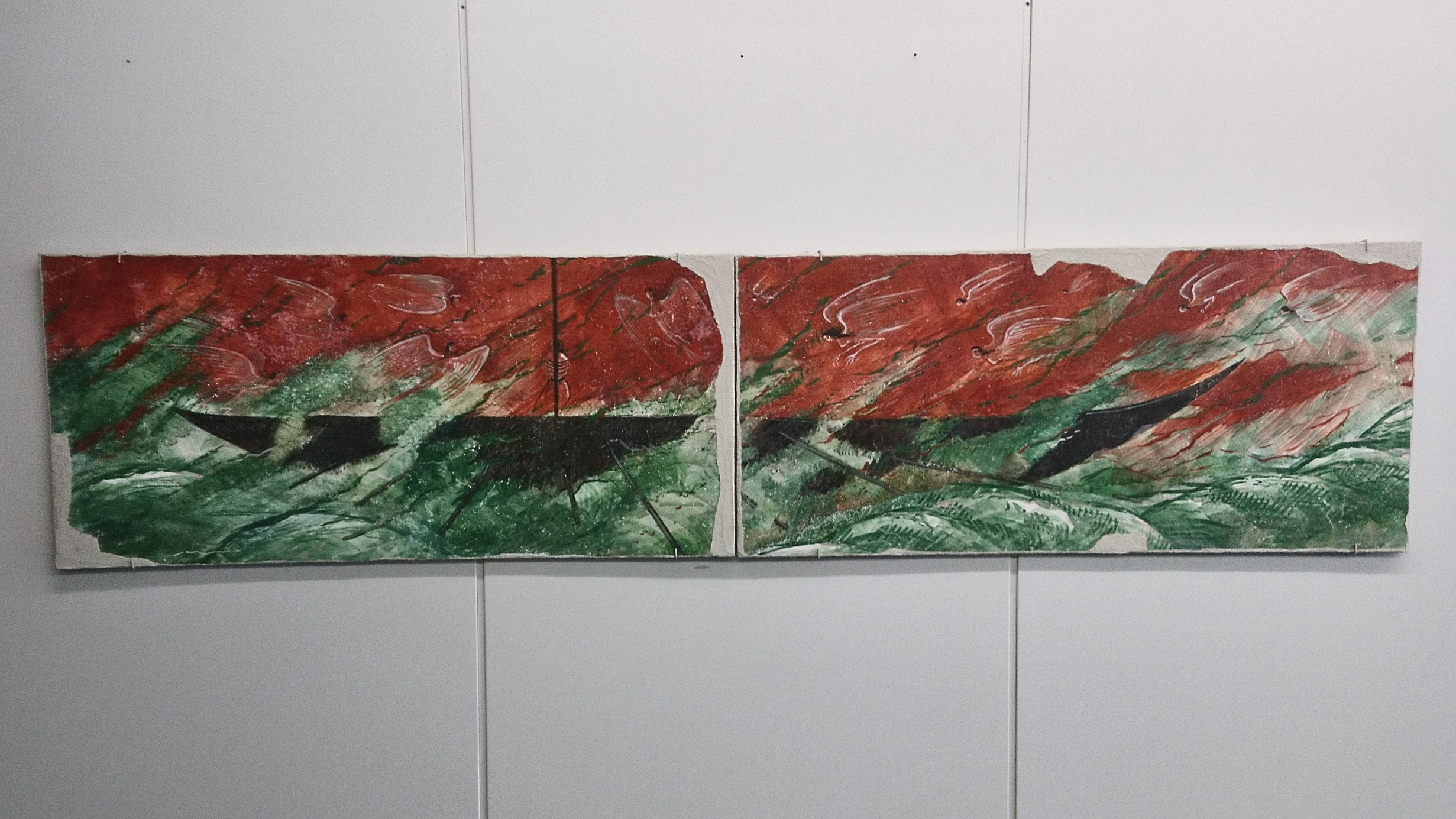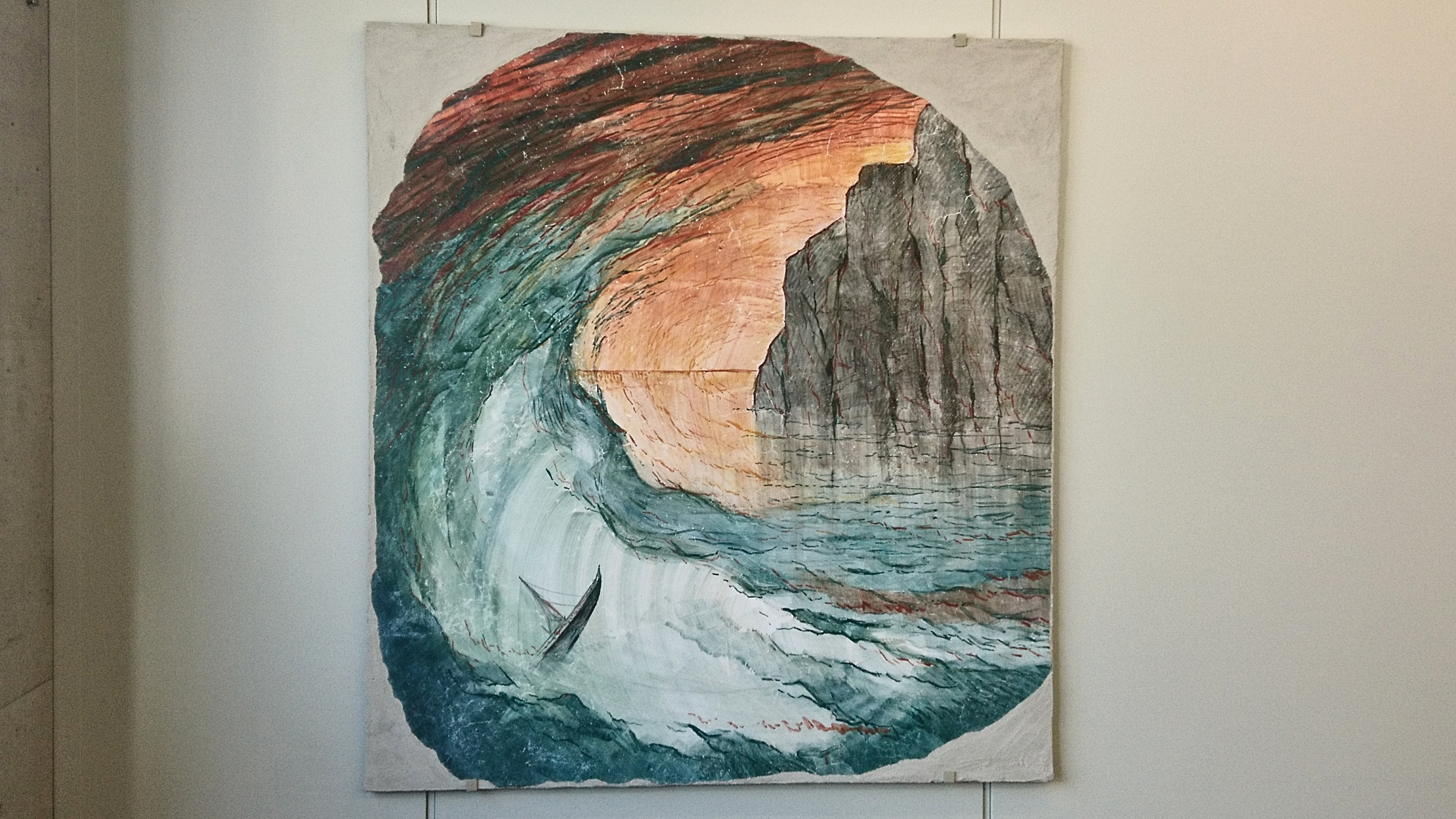Fresco Art
We are proud to present the additional of three original fresco paintings to the laboratory space. These paintings were made by the Catalan artist Josep Minguell Cardenyes specifically for the laboratory and are based on the Odyssey, from Greek mythology.
The Odyssey
The Odyssey (wikipedia) is one of the two epic Greek poems attributed to Homer. It focuses on the adventures of the Greek hero Odysseus, who is trying to return to his home town of Ithaca after the Trojan war. However, the gods do not make it easy for him, and the result is that the word Odyssey has the meaning of “a long wandering or voyage usually marked by many changes of fortune”.
Fresco Paintings
Fresco (wikipedia) is a technique of mural painting done on walls after their creation. One of the more famous examples of fresco painting is the “The Creation of Adam” by Michelangelo. The name fresco means “fresh” which refers to the fact that it is drawn on freshly created walls. Yes, this means that the fresco paintings exhibited at the laboratory are literally walls taken from Europe.
Strappo
So how do you bring walls from Europe to Japan? Do we really have to pay for shipping several tons of walls? The answer is no. The ancient technique of strappo allows ripping off the superficial few millimeters of the wall containing the fresco, which can then be attached to a new and lighter support, such as a plastic panel. This technique is fundamentally used for restoration and there are very few living artists that still know the technique.
Making Of
Given that the technique and approach done to create these fresco paintings are not that well known, the artist has prepared an illustrative video on the creation of the frescos and ripping them off the wall.
About the Author
Josep Minguell Cardenyes. Tàrrega (1959).
Doctor in Fine Arts and mural painter specialized in fresco painting. He has combined his artistic creation with research, and has focused on fresco mural paintings. He has published several articles and the book Pintura mural al fresco, estrategias de los pinturas (Universitat de Lleida Publications, 2014).
He has specialized in large scale architectural paintings with a total of 45 cycles. His works include Santa Maria de l’Alba de Tàrrega with 800 square meters of fresco paintings, the Palau de la Diputació de Lleida, the medical faculty of the Universitat de Lleida, the church of l’Espluga Calba, el Carme de Sant Joan Despí, Sant Joan de Reus, and Mare de Déu of the port of Barcelona.


